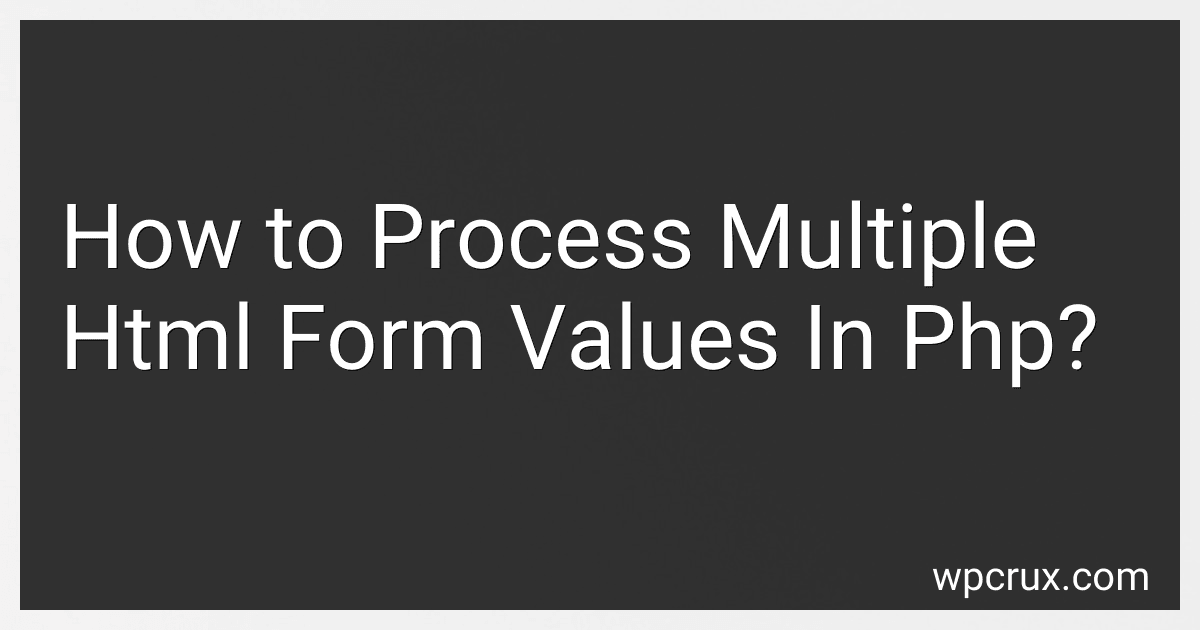Best PHP Form Processing Tools to Buy in October 2025
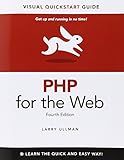
PHP for the Web: Visual QuickStart Guide


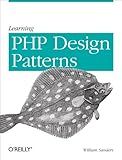
Learning PHP Design Patterns
- AFFORDABLE PRICES: ENJOY SIGNIFICANT SAVINGS ON QUALITY READS!
- ECO-FRIENDLY CHOICE: SUPPORT SUSTAINABILITY BY BUYING USED BOOKS.
- THOROUGHLY INSPECTED: EACH BOOK MEETS OUR QUALITY ASSURANCE STANDARDS.


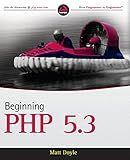
Beginning PHP 5.3


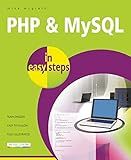
PHP and MySQL in easy steps



Php: Learn PHP In A DAY! - The Ultimate Crash Course to Learning the Basics of PHP In No Time (Learn PHP FAST - The Ultimate Crash Course to Learning ... of the PHP Programming Language In No Time)



PHP Objects, Patterns and Practice (Expert's Voice in Open Source)


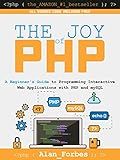
The Joy of PHP: A Beginner's Guide to Programming Interactive Web Applications with PHP and mySQL


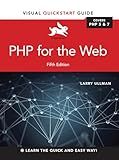
PHP for the Web: Visual QuickStart Guide


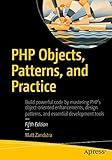
PHP Objects, Patterns, and Practice


To process multiple HTML form values in PHP, you can follow these steps:
- Start by creating an HTML form using the element. Make sure each input field has a unique name attribute.
- Set the "method" attribute of the form element to "POST" or "GET" depending on your requirements. The "POST" method is generally recommended for handling sensitive data.
- In your PHP script, access the form values submitted by using the $_POST or $_GET superglobal arrays. For example, to retrieve the value of an input field named "username", you can use $_POST['username'] or $_GET['username'] depending on the form's method.
- To process multiple form values, you can use loops or conditional statements. For instance, if you have multiple checkboxes with the same name attribute, PHP will store their values as an array within $_POST or $_GET. You can process these values using a loop or by directly accessing specific array elements.
- Once you have processed the form values, you can perform the necessary actions such as storing the data in a database, sending an email, or displaying the results on the web page.
- Remember to sanitize and validate the form values before using them in your application, to prevent security vulnerabilities such as SQL injection or cross-site scripting (XSS) attacks.
That's a brief overview of how to process multiple HTML form values in PHP. By accessing the submitted values through the appropriate superglobal variable and applying proper validation, you can effectively handle form submissions.
What is the significance of form validation on the client-side vs the server-side?
Form validation on the client-side refers to validating form data on the user's browser using JavaScript or HTML5 validation attributes before submitting it to the server. On the other hand, form validation on the server-side refers to validating the same form data on the server after it is submitted.
The significance of client-side form validation:
- Improved user experience: Client-side validation allows for instant feedback to the user without having to wait for a server response. It can provide immediate error messages and highlight the specific fields that need correction, making the form more user-friendly.
- Reduced server load: Validating form input on the client-side reduces the number of unnecessary requests sent to the server, as invalid submissions are detected and prevented locally. This helps to optimize server performance and reduce the load on the server.
- Increased security: Client-side validation can help detect and prevent simple rule violations or common mistakes, such as checking for required fields, valid email addresses, or password strength. It acts as an additional layer of defense against malicious or incorrect input before it reaches the server.
The significance of server-side form validation:
- Data integrity: While client-side validation improves user experience, it can be bypassed or manipulated by users with malicious intent. Server-side validation acts as the ultimate line of defense and ensures that all submitted data is thoroughly validated before processing it.
- Compatibility across browsers: Different browsers or devices may interpret client-side validation differently, and some may not support it at all. Server-side validation ensures consistent validation across all platforms and browsers.
- Protection against hacking: Server-side validation prevents potential security vulnerabilities, such as code injection or cross-site scripting (XSS) attacks, where malicious scripts or data can be injected into the server.
In conclusion, both client-side and server-side form validation are important. Client-side validation enhances user experience and reduces unnecessary server requests, while server-side validation ensures data integrity, security, and compatibility across different environments. A combination of both provides a more robust and comprehensive form validation solution.
How to process multiple HTML form values in PHP?
To process multiple HTML form values in PHP, you can follow these steps:
- Create an HTML form with multiple form fields:
- In the PHP file (e.g., process.php), retrieve the form values using the $_POST superglobal array:
$field1 = $_POST['field1']; $field2 = $_POST['field2'];
- Process or validate the form values as needed. For example, you can check if the fields are empty:
if (!empty($field1) && !empty($field2)) { // Process the form values here } else { echo "Please fill in all fields."; }
- You can then perform further actions based on the form values, such as storing them in a database, sending an email, or redirecting to another page.
Remember to sanitize and validate the form inputs to prevent security vulnerabilities, such as SQL injection or cross-site scripting (XSS) attacks.
How do I handle radio buttons in PHP form handling?
To handle radio buttons in PHP form handling, you can follow these steps:
- Create a HTML form with radio buttons:
- In the form's action file (e.g., process_form.php), access the selected radio button value using PHP's $_POST superglobal variable:
$selectedGender = $_POST['gender'];
- You can then use the $selectedGender variable as per your requirement, such as storing it in a database or performing some action based on the selected value.
Note: In radio button group, only one option can be selected at a time. The value of the selected radio button will be sent to the server when the form is submitted.
What is the htmlspecialchars() function used for in PHP form processing?
The htmlspecialchars() function in PHP is used to convert special characters to their corresponding HTML entities, which prevents those characters from being interpreted as HTML tags or entities in the output.
This function is commonly used in form processing to sanitize user input and prevent potential security vulnerabilities like cross-site scripting (XSS) attacks. It helps to ensure that user-submitted data is properly displayed as plain text on the webpage, without causing any unexpected rendering or execution of code. By using htmlspecialchars(), the special characters like "<" and ">" are converted to "<" and ">" respectively, making them harmless and preventing any unintended consequences.
How can I sanitize user input in PHP?
To sanitize user input in PHP, you can follow the following practices:
- Use filter_input() function: This function filters a specific variable with the specified filter. It can help sanitize input such as GET, POST, and COOKIE variables. Example:
$username = filter_input(INPUT_POST, 'username', FILTER_SANITIZE_STRING);
- Use filter_var() function: This function filters a variable with a specified filter. It is more flexible and can be used to sanitize different types of inputs, including integers, URLs, emails, etc. Example:
$email = filter_var($inputEmail, FILTER_SANITIZE_EMAIL);
- Use htmlspecialchars() function: This function converts special characters to HTML entities. It helps prevent cross-site scripting (XSS) attacks by ensuring that user input is displayed as regular text. Example:
$output = htmlspecialchars($input);
- Regular expression (Regex): You can use regular expressions to validate and sanitize user input. For example, you can use the preg_replace() function to remove any characters that do not match a specific pattern. Example:
$sanitizedInput = preg_replace("/[^A-Za-z0-9 ]/", '', $input);
- Prepared statements: If you are dealing with database queries, using prepared statements with parameter binding can help you sanitize user input and prevent SQL injections. Prepared statements handle escaping and quoting values automatically. Example:
$stmt = $pdo->prepare('SELECT * FROM users WHERE username = :username'); $stmt->bindParam(':username', $username); $stmt->execute();
It's important to remember that different input types and use cases may require different sanitization techniques. Consider the specific context of your application and implement appropriate sanitization measures accordingly.
What is the use of select dropdowns in PHP form processing?
Select dropdowns in PHP form processing are used to allow users to select one option from a list of predefined choices. They are commonly used in forms where users need to select a single option from a set of options, such as selecting their country, choosing a category, or picking a specific item from a list.
When the form is submitted, the selected option from the dropdown is sent as a part of the form data to the server. In PHP form processing, the server-side script can access the selected option using the appropriate form processing technique (e.g., $_POST or $_GET arrays) and perform further actions depending on the selected option. This can include data validation, database operations, or generating dynamic content based on the user's selection.
Overall, select dropdowns are essential for collecting specific information from users and improve the user experience by providing a predefined and organized set of options to choose from.
